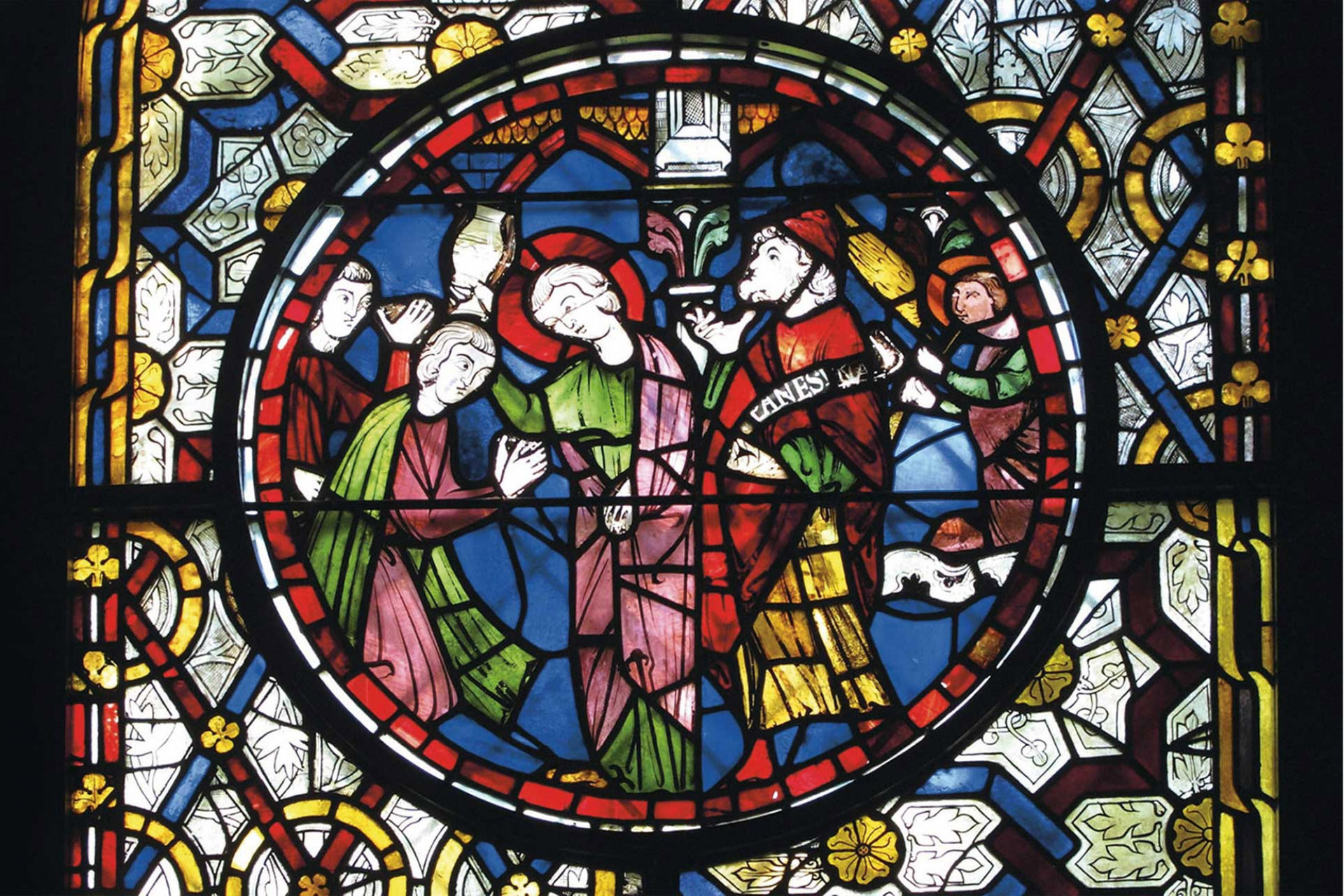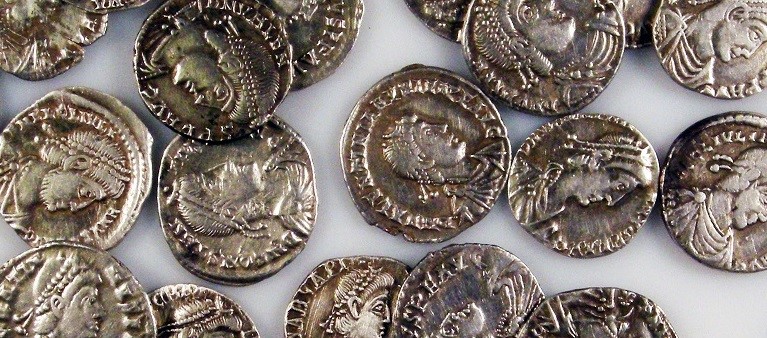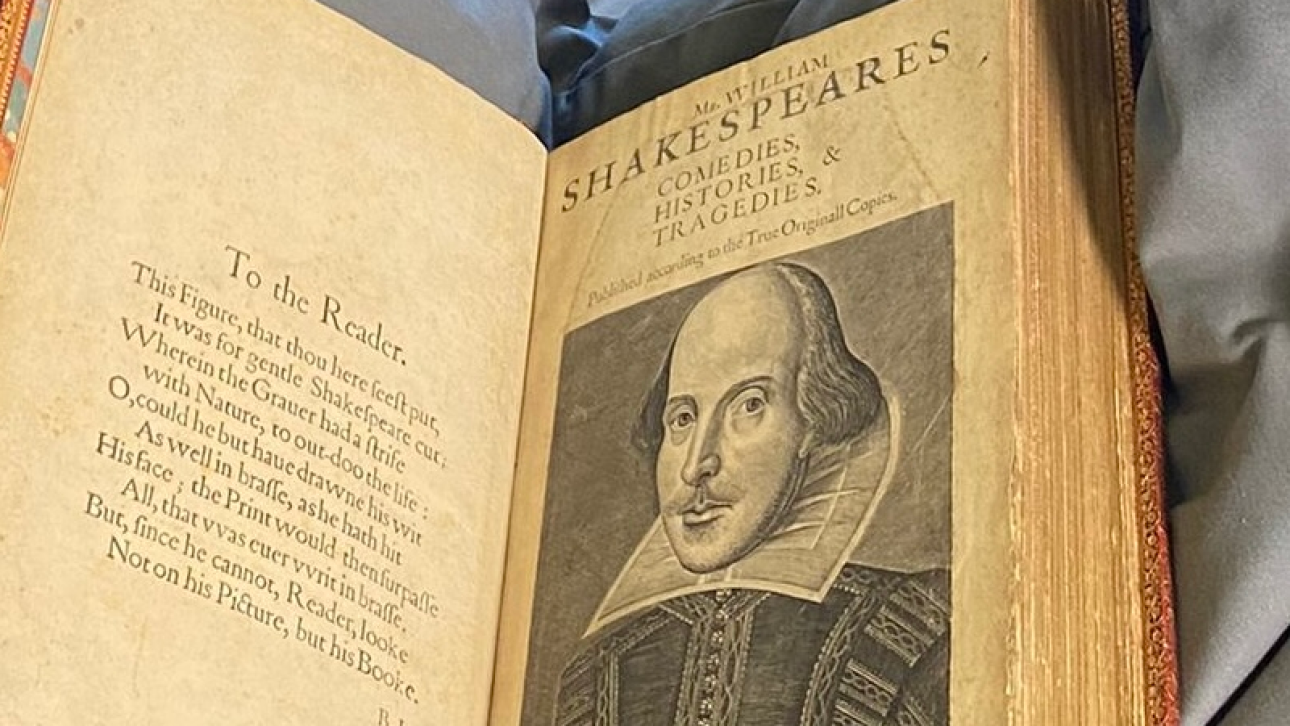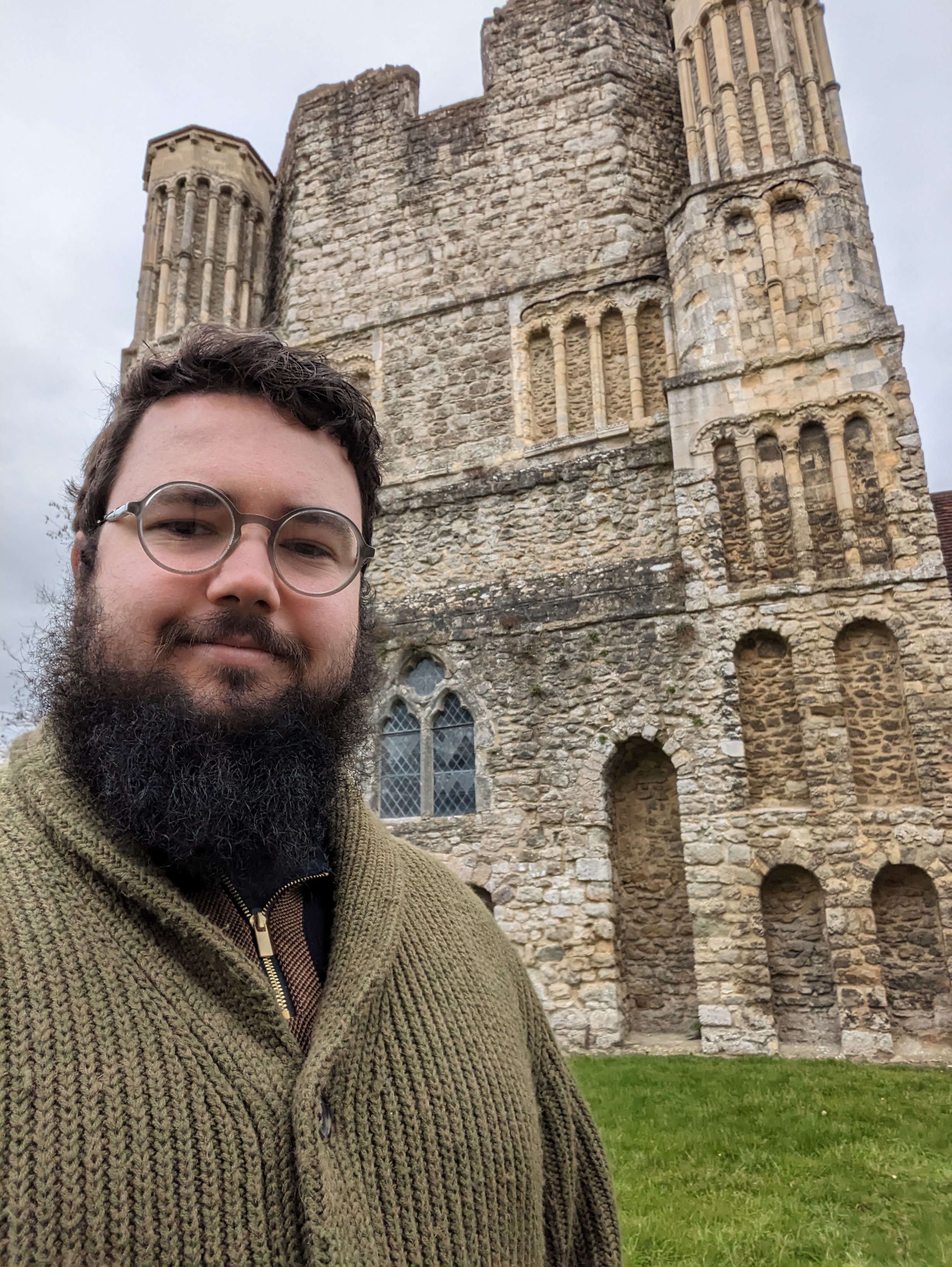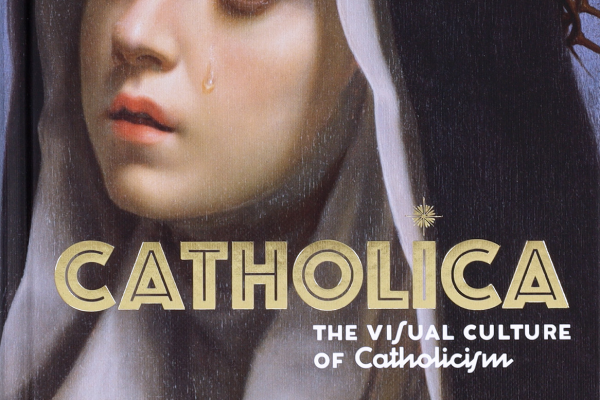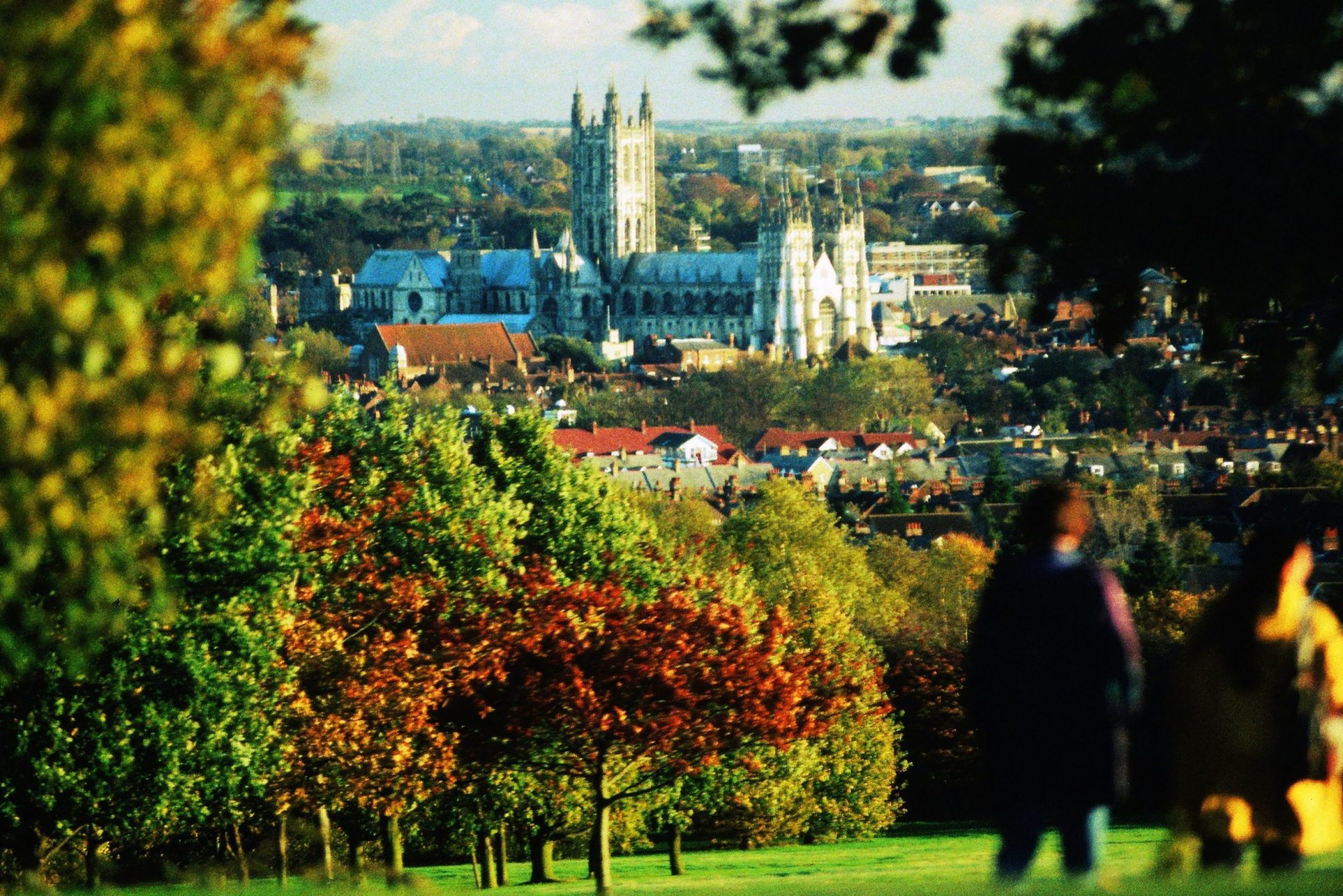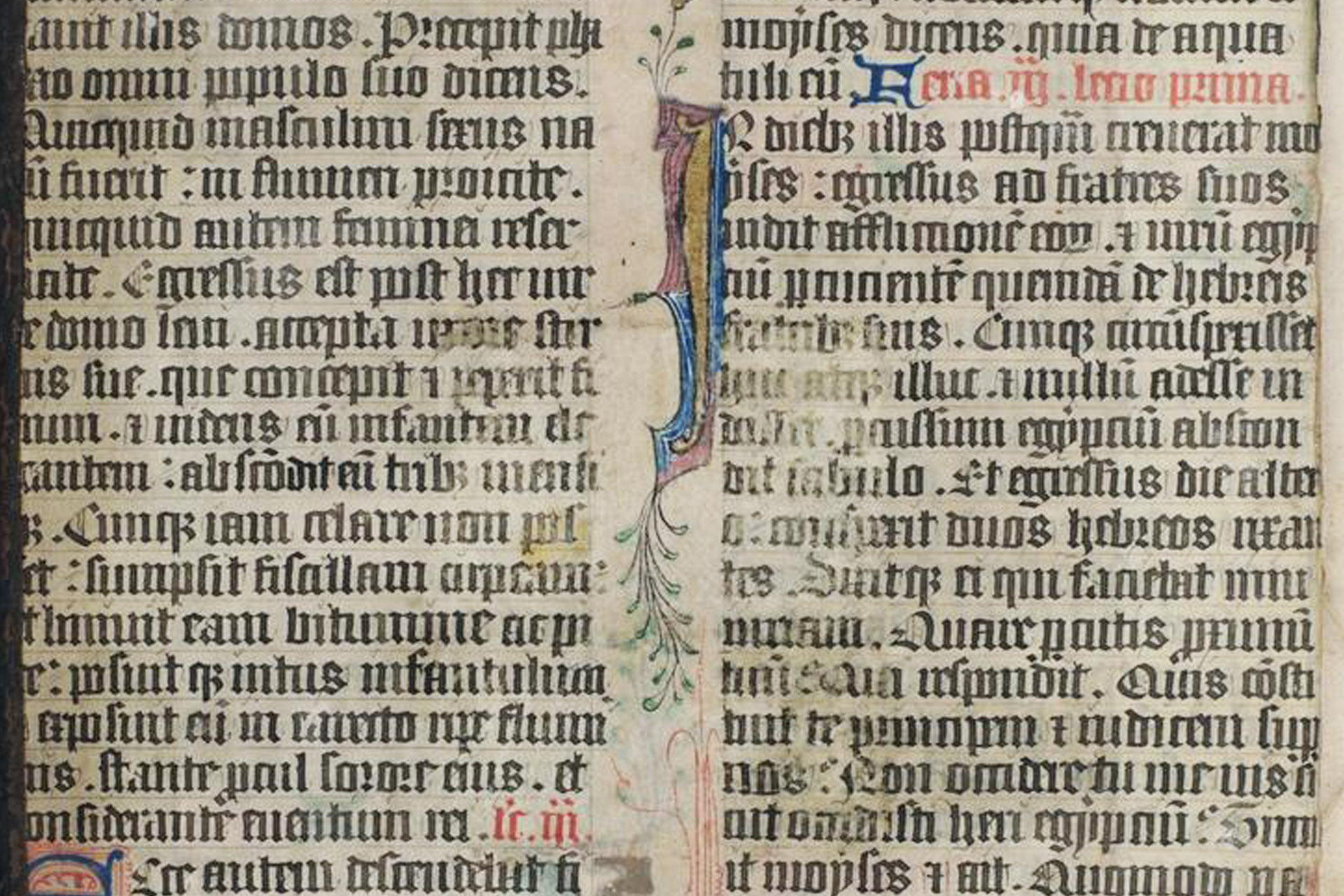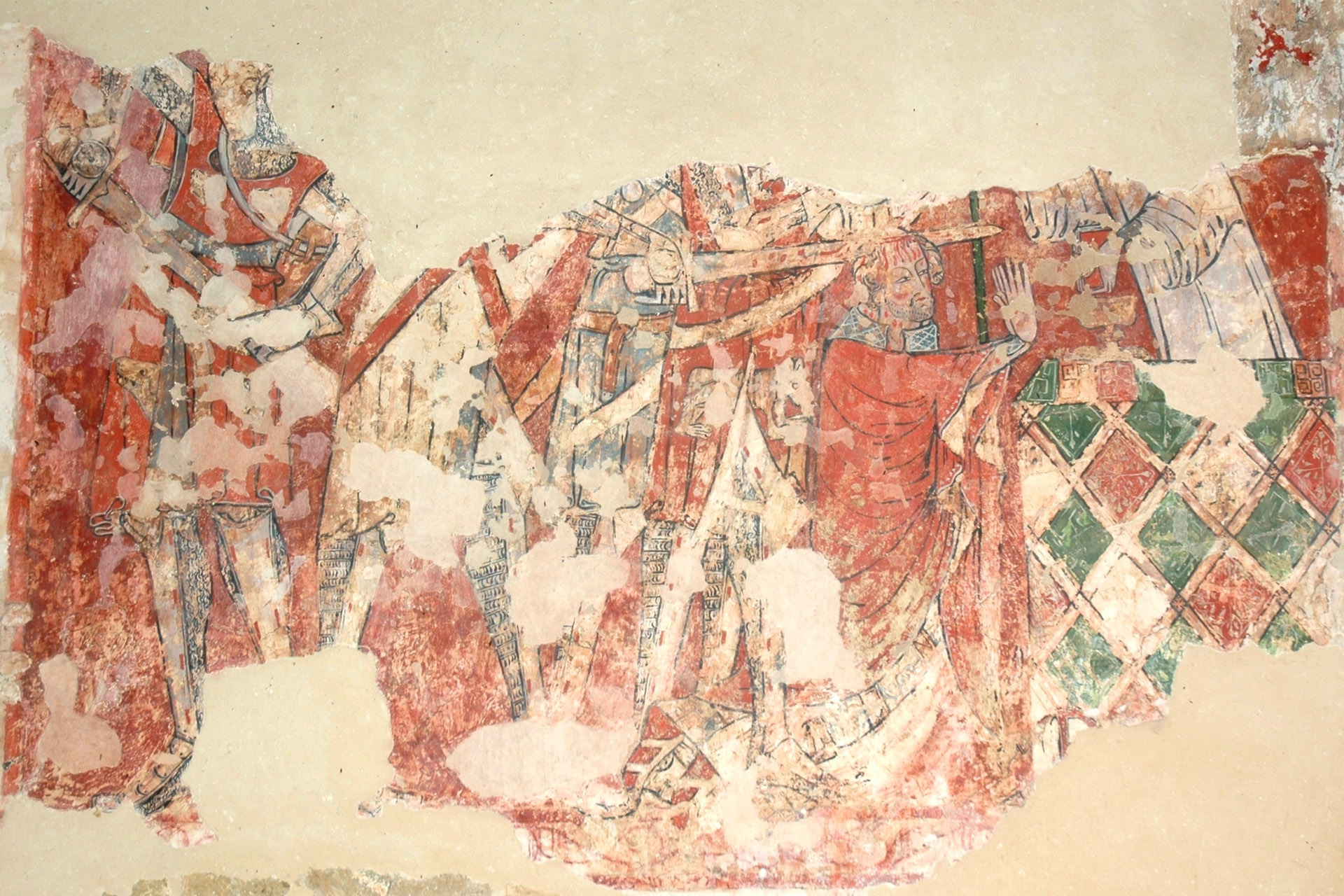Next week, over 2,700 medievalists will convene at the annual Leeds International Medieval Congress. As usual, several members of the MEMS community will be participating … Read more
Category: Research
AHRC grant for Britain’s Last Roman Hoards project
MEMS is delighted to spotlight an exciting new project funded by the AHRC and led by Professor Ellen Swift alongside Dr Eleanor Ghey (British Museum) … Read more
Celebrating Four Hundred Years of Shakespeare’s First Folio
This year marks the quatercentenary of the publication of what is now known as the First Folio of William Shakespeare’s Comedies, Histories, & Tragedies. More … Read more
Student Blog – A trip to Malling Abbey: the face of Bishop Gundulf?
We are sharing with you today a blogpost written by our wonderful PhD student Harry Gilbert, who first did his MA with us in 2020 … Read more
Monograph shortlisted for Society for Renaissance Studies book prize
Recognition for research in the Centre for Medieval and Early Modern Studies continues, as Dr Suzanna Ivanic’s monograph Cosmos and Materiality in Early Modern Prague … Read more
Suzanna Ivanic publishes new book on Catholic visual identity
Dr Suzanna Ivanic, Lecturer in the School of History, has recently published Catholica: The Visual Culture of Catholicism with Thames and Hudson. Featuring over 400 … Read more
Conference to commemorate Thomas Becket’s life, death and legacy (28-30 April)
A three-day virtual conference organised by the University (28-30 April) will explore the life and times of the former Archbishop of Canterbury, Thomas Becket, just over … Read more
Dr David Rundle to speak at Fragmentarium video conference event
Lecturer in Latin and Palaeography, Dr David Rundle, will be giving a talk titled, ‘Neil Ker and the Tradition of Studying Fragments in the UK’ … Read more
University of Kent medievalists’ collaborative project awarded funding from Flemish Research Foundation
We’re delighted to announce that ‘Literatures Without Borders: A Historical-Comparative Study of Pre-Modern Literary Transnationalism’, a collaborative project involving medievalists at the University of Kent, … Read more
Dr Emily Guerry co-organising international conference on Thomas Becket: Life, Death and Legacy
The year 2020 marked the 850th anniversary of the brutal martyrdom of St Thomas Becket inside Canterbury Cathedral and, in a matter of months, Becket … Read more
